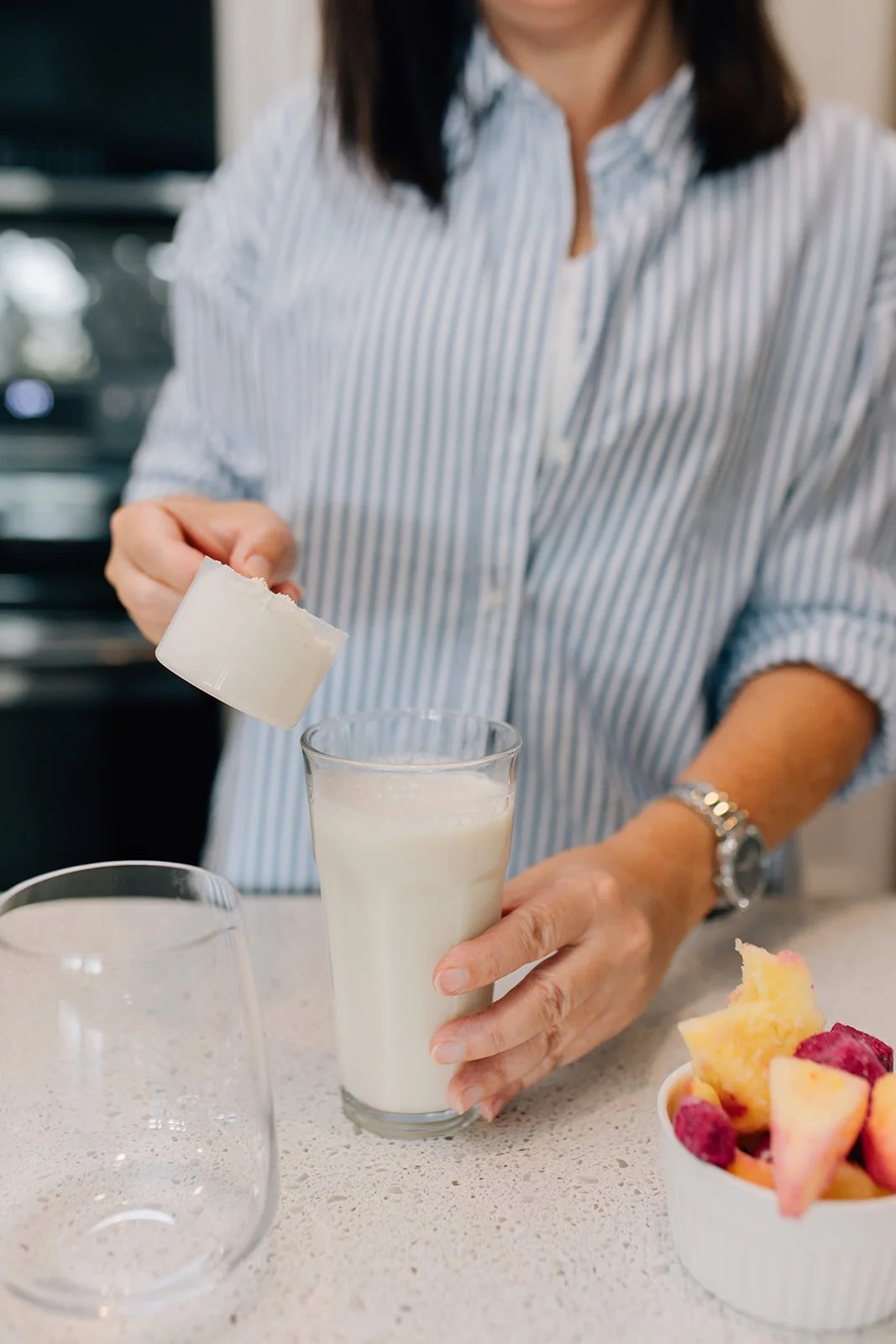Sweet Success: 10 Strategies to Help Stabilize Your Blood Sugar
Blood sugar stability plays a key role in how we feel day to day, affecting energy, focus, mood and more. Whether you are navigating blood sugar concerns or simply looking to support your health, small daily shifts can make a meaningful difference.
Here are some strategies to help you achieve sweet success in stabilizing your blood sugar:
1. Begin Your Day with a Balanced Breakfast
Start your morning with a meal that includes a mix of protein, fiber, and healthy fats can help support steady energy. For example, meals such as eggs with avocado on whole-grain toast or Greek yogurt with berries and chia seeds.
2. Include Protein with Every Meal and Snack
Protein slows the absorption of sugar into the bloodstream. Add sources like chicken, beans, nuts, cheese, or hard-boiled eggs to your meals and snacks to keep blood sugar steady.
3. Choose High-Fiber Foods
Fiber supports digestion and helps to moderate blood sugar absorption. Vegetables, fruits with skins, legumes, seeds, and whole grains are all great sources. Aim to include at least one fiber-rich food in every meal.
4. Hydrate with Water
Staying hydrated supports overall health, including blood sugar regulation. Water, herbal teas, and other unsweetened beverages are great options. Sodas, sweetened teas, and even fruit juices can cause sharp spikes in blood sugar.
5. Eat Regularly Throughout the Day
Eating consistently throughout the day can help prevent sugar dips. Try to eat every 3–4 hours, and listen to your hunger cues. Balanced meals and snacks help prevent extreme highs and lows.
6. Choose Whole Grains Over Refined Carbs
Whole grains like quinoa, oats, and brown rice digest more slowly compared to refined carbs, helping to stabilize blood sugar. Swap white bread and sugary cereals for whole-grain alternatives.
7. Be Mindful of Portion Sizes
Even healthy foods can raise blood sugar if eaten in excess. Use the plate method: half your plate with non-starchy veggies, a quarter with lean protein, and a quarter with whole grains or starchy foods.
8. Stay Physically Active
Movement helps your muscles use glucose for energy. You don’t need intense workouts—a 10-minute walk after meals can make a significant difference. Find activities you enjoy and stay consistent.
9. Manage Stress Levels
Chronic stress triggers hormones that raise blood sugar. Practice deep breathing, journaling, meditation, or simply take a walk outdoors. Even a few minutes of relaxation can help.
10. Prioritize Quality Sleep
Poor sleep increases insulin resistance. Aim for 7–9 hours of restful sleep each night. Create a calming bedtime routine, avoid screens before bed, and keep your sleep environment cool and quiet.
Final Thoughts
Stabilizing your blood sugar doesn’t require drastic changes—it’s about making steady and consistent choices. By incorporating these strategies into your daily routine, you’ll not only support your blood sugar but also boost your overall health and vitality. If you’d like personalized support in managing your blood sugar—or simply want to feel more confident in your everyday food choices—I’d love to work with you. Book a free discovery call today and let’s talk about how we can create a plan that fits your life.




